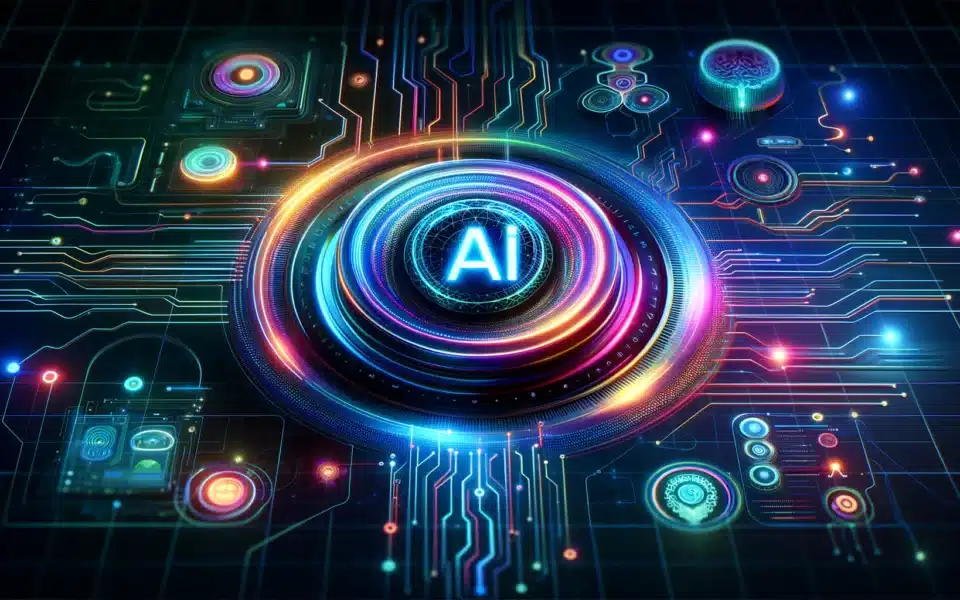
Trends in E-commerce in 2023
15 March 2023
Content marketing in SEO. How to create content that attracts organic traffic?
14 April 2023
In the dynamically changing contemporary world, development in robotics and artificial intelligence (AI) acts as the prime mover of change for many sectors. Increasingly, enterprises and institutions are beginning to utilize robots to automate tasks, enhance efficiency, and achieve better human-machine interaction. We will consider the most up-to-date attempts in the domain of robotics and AI integration related to collaborative robots, mobile robots, and human-robot interactions enabled by speech and image recognition technologies.
Collaborative robots
Collaborative robots realize human-robot interaction in a shared workspace. Equipped with sophisticated AI algorithms and different sensors, robots are able to recognize movements of human beings, react to gestures, and collaborate intuitively. Areas of application for collaborative robots, according to RobotNews, include manufacturing, logistics, health, and related industries. For instance, collaborative robots are able to support employees during precision assembly, packaging of goods, or even provide support during rehabilitation with patients.
Mobile robots
Mobile robots are a further step in the evolution of human-robot interaction. The possibility of independent movement in space gives robots greater flexibility, and they are able to perform tasks in different locations. According to a publication on the Robotics Business Review site, mobile robots use AI technologies such as machine learning algorithms to enable them to analyze the environment, plan routes, and avoid obstacles. They could be applied to such tasks as parcel delivery in warehouses, area patrolling for safety, human movement assistance to the elderly or disabled, among others.
Human-robot interactions using speech and image recognition technology
It is also possible to make human-robot interaction more natural with speech and image recognition technologies. Speech recognition systems enable robots to understand and respond to voice commands, while image recognition technologies analyze visual information to interpret its content.
Speech recognition technology enables the robots to take voice commands from users and respond immediately. Advanced algorithms and language models form the backbone of speech recognition systems that enable robots to process speech like humans. They work in different languages, dialects, and accents, hence offering a much greater degree of flexibility and accessibility for users across various regions.
These new developments in robotics and artificial intelligence have opened new dimensions for human-robot interaction. Advanced AI algorithms are found in collaborative and mobile robots, enabling effective and efficient cooperation with people. Speech and video recognition technologies ensure that interactions are more natural and intuitive. Proper security and ethics with regard to these interactions must, therefore, be upheld as these technologies further develop.
With the dynamic development of robotics and artificial intelligence, more and more economy sectors make use of the advantages of human-robot interaction. Industry boasts collaborative and mobile robots assisting in the rise of production efficiency, reduction of costs, and improvement of working conditions. In the service sector, staff may be supported by robots while serving customers, ensuring quick service, information, and solving simple problems.
With such progress, however, come specific challenges in the main issue of data security. The robots come into contact with humans and gather huge amounts of information, including personal data. Very stringent policies should be implemented to preserve privacy and secure data to prevent its misuse and maintain confidentiality.
Another important aspect is the development of proper ethics concerning human-robot interaction. Robots are increasingly in our lives; it, therefore, becomes vital to bring out morals and social exposure. It is essential to understand the boundary of responsibility by robots, human rights protection, and avoiding the possible side effects from the operation.
Human-robot interaction is a completely new field of perspectives and opportunities in robotics and artificial intelligence. Collaborative mobile robots, advanced speech and image recognition technologies will make interactions more natural and effective. At the same time, the question of data security and the elaboration of corresponding ethics is acutely raised for harmonious cooperation between a human and a robot.
This development of robotics and artificial intelligence will be fast-paced; therefore, the future of human-robot interaction will be exciting. Success is going to depend on continued technological development having due regard to social, ethical, and legal aspects. Thanks to this, we will be able not only to use the benefits coming from the interaction between humans and robots but also to ensure our safety and well-being.


